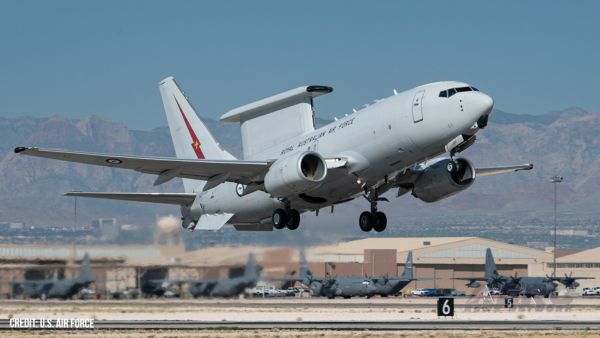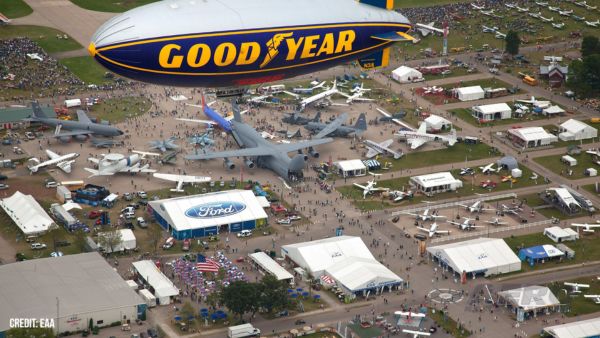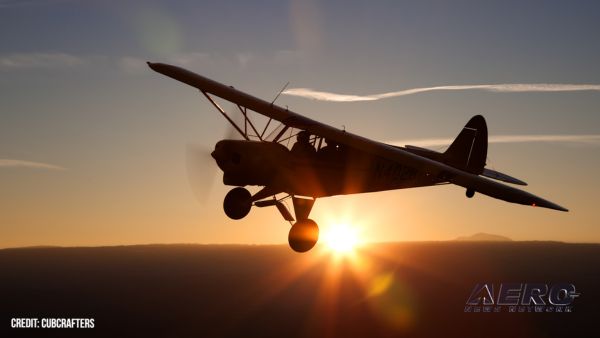$2 Million Competition Sponsored By NASA And Northrup
Grumman
 The X Prize
Foundation told ANN Tuesday it has set registration dates and
made rules changes for the $2 million Northrop Grumman Lunar Lander
Challenge -- a competition requiring vehicles to simulate trips
between the moon's surface and lunar orbit.
The X Prize
Foundation told ANN Tuesday it has set registration dates and
made rules changes for the $2 million Northrop Grumman Lunar Lander
Challenge -- a competition requiring vehicles to simulate trips
between the moon's surface and lunar orbit.
Although a final date and time have yet to be announced, the
competition will take place sometime in October 2007 during the
Wirefly X Prize Cup.
NASA, which signed a Space Act Agreement with X Prize before the
first year's competition for the Northrop Grumman Lunar Lander
Challenge in 2006, will once again fund the prizes through its
Centennial Challenges program.
Early bird registration for the 2007 competition lasts until
February 28. Regular registration ends March 31, and the final day
for late registration is April 30.
The biggest change in the rules will permit each team to repair
its spacecraft mid-mission, as long as all tools and supplies are
included on the vehicle.
"Last year, teams had to fly the entire mission essentially
without any repairs, but we recognize that even in actual
spaceflight there is enormous value in planning for and solving for
potential problems. When you are running a mission that cannot
fail, preparing for mishaps is critical," said Tom Vander Ark,
president of X PRIZE. "Being able to make adjustments and repairs
under pressure that allow the mission to continue is now an
important part of the challenge."
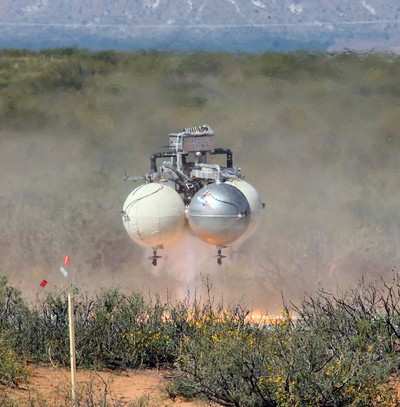
The Competition is divided into two levels. Level 1 requires a
rocket to take off from a designated launch area, ascend to 150
feet altitude, hover for 90 seconds, land precisely on a landing
pad roughly 100 yards away, then repeat the flight in reverse. Both
flights -- along with all of the necessary preparation for each --
must take place within a two-and-a-half-hour period.
The more difficult course, Level 2, requires the rocket to hover
for twice as long before landing precisely on a simulated lunar
surface, packed with craters and boulders to mimic actual lunar
terrain. The hover times are calculated so that the Level 2 mission
closely simulates the power needed to perform the real lunar
mission.
All teams must be 90 percent privately funded, have the proper
permits and be able to operate safely near the large crowds
expected at the Wirefly X Prize Cup, which is the only annual event
where the entire family can see the next generation of spaceships
up close and in the sky.
NASA's Centennial Challenges program promotes technical
innovation through prize competitions. Similarly, X Prize claims
its mission is to foster radical breakthroughs for the benefit of
humanity using a competition-based philanthropy model.
Plans to return to the moon during the next decade are driving
NASA's interest in the lunar challenge.
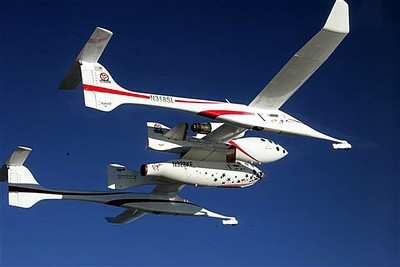
In 2004, the inaugural Ansari X Prize proved that offering a
prize is an effective, efficient and economical model for
accelerating breakthroughs in science and technology. The
prize inspired 26 teams from seven nations to compete in
building the first privately-funded spacecraft, spending a
combined $100 million-plus on critical research and development in
an effort to win the prize.
 NTSB Final Report: Rutan Long-EZ
NTSB Final Report: Rutan Long-EZ ANN FAQ: Turn On Post Notifications
ANN FAQ: Turn On Post Notifications Classic Aero-TV: ICAS Perspectives - Advice for New Air Show Performers
Classic Aero-TV: ICAS Perspectives - Advice for New Air Show Performers ANN's Daily Aero-Linx (06.28.25)
ANN's Daily Aero-Linx (06.28.25) Aero-News: Quote of the Day (06.28.25)
Aero-News: Quote of the Day (06.28.25)


